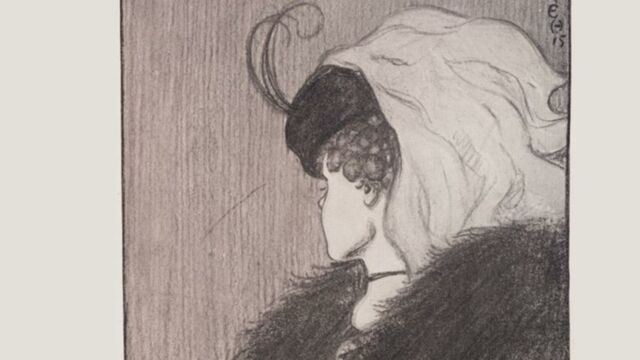What do you see in this image? A young girl turning away or an old woman with a curved nose and a crooked chin? This photo, known as ‘My wife and my mother-in-law,’ is one of the most famous optical illusions in the world.
Discover our latest podcast
Created by cartoonist William Ely Hill and inspired by a postcard, it was released in 1915 with the caption: ‘They are both in this picture. Find them.’ If you look closely, you can actually make out the two different characters, but at first glance, not everyone can see them both. Although the young girl is immediately obvious and clear for some people, the old woman immediately jumps out at others.
And even when you do manage to find them both, it is impossible to do so simultaneously. This is because each trait and feature adds something different to each of the characters: the young woman’s necklace becomes the old woman’s mouth for example. So, can you see them both?
Young girl or old woman: is it to do with our age?
This optical illusion actually plays with our ability to perceive faces. But why do some people see the wife first while others see the mother-in-law? As it turns out, this is apparently because of our age. Or at least, that’s what an Australian study published in Scientific Reports magazine suggests. The study states that although our neural processes are largely involved, social factors also have an influence on our perception.
According to research they carried out, young people tend to see the young woman first while older people are more likely to spot the old woman. This conclusion is the result of an experiment carried out with 393 participants, 242 men and 141 women between the ages of 18 and 68, with an average age of 38. They were all asked to look at this image for a period of half a second.
Researchers then asked the subjects about the gender and age of the character they saw in the image. The results show that most participants identified the young woman. But when scientists separated the oldest 10% of their participants and the youngest 10% from the rest of the group, they noticed a clearer distinction: the older group actually saw the old woman, while the younger subjects still only saw the young woman.
The results, therefore, demonstrate that high-level social group processes have a subconscious effect on the early stages of face processing,’ wrote the researchers in their study.
A neural feedback model is used to explain this strange interaction. Nevertheless, rest assured, just because you see the old woman first doesn’t necessarily draw any conclusions about your age!















